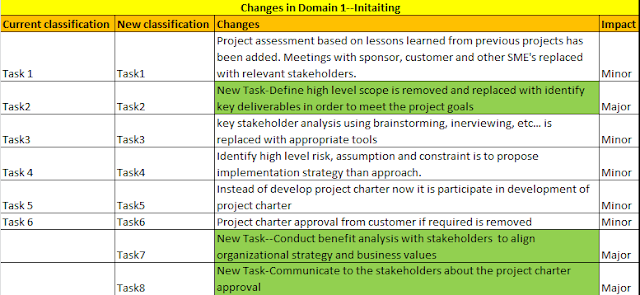Forecasting is to predict the future condition of the project by comparing the progress of the project and with what we planned. By using Forecasting technique one can arrive at three parameters namely Estimate At Completion (EAC), Estimate To Complete (ETC) and Variance At Completion (VAC).
EAC is nothing but how much money required to complete the entire project. This is as good as new BAC which is Budget At Completion.
ETC is how much more money required to complete the remaining work.
VAC is what is difference between or the variance between original budget and the new budget. This can be surplus or deficit.
Here are different formulas used to calculate EAC, ETC and VAC
.
ETC=EAC-AC
VAC=BAC-EAC
There are four different variants to calculate EAC
1. EAC=BAC/CPI—This is used if the current variances or the rate of spending of money remains same
2. EAC=AC+BAC-EV—This is used if the estimation has become abnormal for the work so far it is carried out and the remaining work will continue at the same budgeted rate.
3. EAC=AC+ETC— This is used when the estimation for the remaining work no longer exists and the new estimation to be carried out for the remaining work. ETC is nothing but remaining work which can be derived using bottom up estimation.
4. EAC=AC+((BAC-EV)/SPI*CPI)—This is used considering both the schedule and cost which can influence the remaining work.
To calculate the forecasting first we need to complete the Earned Value Management where we can obtain the parameters AC, PV, EV, SV, CV, SPI and CPI.
Forecasting technique is used under the process Control Costs.






